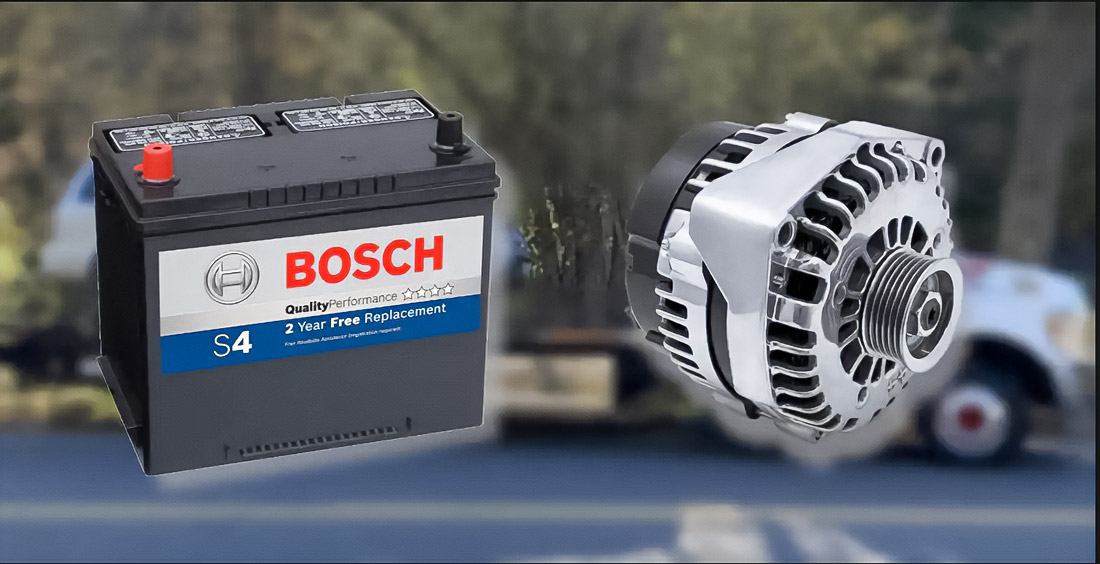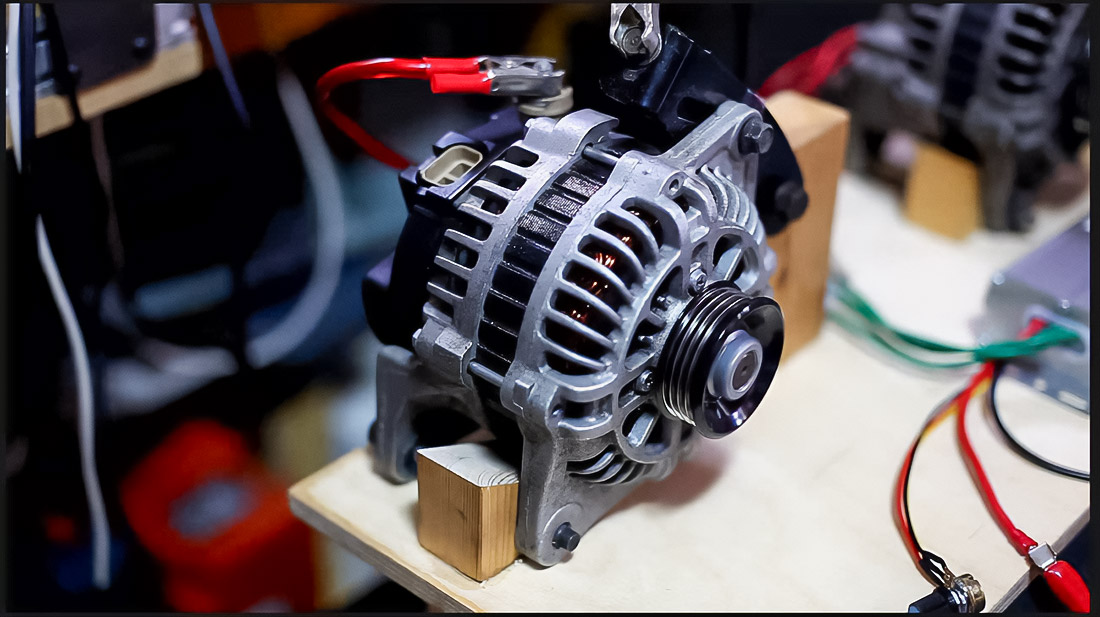Replacement car battery – this is a standard procedure for every owner, which at first glance may seem simple. Nevertheless, not all car enthusiasts know about the importance of resetting electronics after installing a new battery. Electronic modern cars are significantly complicated. It controls the engine, transmission, safety systems, and comfort. Installation of a new battery may reset the settings of these systems, leading to incorrect operation. Neglecting this may cause several problems. In case you face any trouble, you can contact autobatteryhub.com
Why it is important to reset the electronics car when replacing the battery: Exploring factors and examples

- Losses in performance engine may reach 15% due to incorrect settings.
- Safety systems, such as ABS and ESP, may incorrectly function, increasing the risk of accidents by 25%.
- Damage electronic components may require costly repair, exceeding 500 dollars.
How correctly reset electronics: Detailed guide by steps

Every car manufacturer may have its own features for process reset electronics. Nevertheless, there are common steps that will help the majority of car owners:
- Power disconnection: First disconnect power, disconnecting negative terminal battery. Make sure that the key ignition is in position “off.” This will prevent accidental short circuits.
- Waiting: Wait 10-15 minutes. This time allows the remaining electricity to be discharged. Some experts recommend 20 minutes of waiting for complete discharge.
- System reboot: Connect battery and turn on ignition. Do not start the engine. This will give the opportunity for electronic systems to start the process of self-diagnosis.
- Check systems: Make sure that air conditioning, multimedia, lighting systems, and other components work correctly. This takes about 5-7 minutes.
Specific procedures for popular brands cars: How this do professionals

Differences in reset electronics depend on the brand and model of the car. Let’s consider examples of successful completion of tasks:
- Toyota: Cars this brand often require a reset system management engine (ECU). Leave the car idle for 5-10 minutes after reboot. This may improve fuel economy by 3%.
- Ford: Some models require reset adaptive transmission. Turn on the ignition and slowly press the pedal gas to the floor, holding it for 10 seconds.
- BMW: May require reset system iDrive. Press and hold the button to power the system iDrive for 30 seconds. This promotes correct operation navigation by 98%.
Checking correctness operation: Make sure the correctness of all systems

After completion of the necessary procedures, follow the next steps for verification operation electronics:
- Testing main systems: Check operation lighting, wipers, air conditioner, and multimedia system. This will take about 10 minutes.
- Engine diagnostics: Use diagnostic scanner for detection errors. Errors may reduce performance by 8%. On-board diagnostics
- Test drive: A Short trip for 10-15 km will help reveal hidden defects. Listen for extraneous noises.
Tools and equipment needed for reset
Check the availability of the following tools, this will help avoid problems and save time:
- Set wrenches: For disconnecting and connecting terminals. Kits start at 10 dollars.
- Diagnostic scanner: Suitable universal OBD-II scanner. Cost quality device from 50 dollars.
- Multimeter: For verification voltage and current in system. The average price of the device amounts to 30 dollars.
Frequent problems and their solutions when resetting electronics
Process reset electronics do not always go smoothly. Here are some common mistakes and ways to eliminate them:
- No power after connection battery: Check reliability attachment terminals and absence corrosion or damage. 78% of problems are solved by simple cleaning.
- Continuous errors in system: Check, performed whether steps correctly. Recheck all procedures.
- Incorrect operation systems: Repeat entire process reset. Sometimes, the third approach is the elimination of errors in complex systems. Challenges for Automotive Power Electronics
How to avoid problems with electronics in the future
Regular care about electronics car will become key to its long service:
- Regular technical maintenance: Change batteries and check electrical system every 6 months.
- Check condition battery: Measure voltage battery once month. This will prevent problems in 90% of cases.
- Avoid deep discharges: Keep battery charged. Deep discharges reduce life by 40%.
- Use quality components: Certified spare parts will reduce risk breakdowns by 25%.
Reboot electronics car after replacement battery – this key procedure for maintaining necessary characteristics and safety. Use given recommendations, and your car will be able avoid numerous problems. Remember about regular maintenance and monitor condition battery – this will be your ally in ensuring impeccable operation car for many years.

The pandemic showed us that poverty is a policy choice – we must do better


